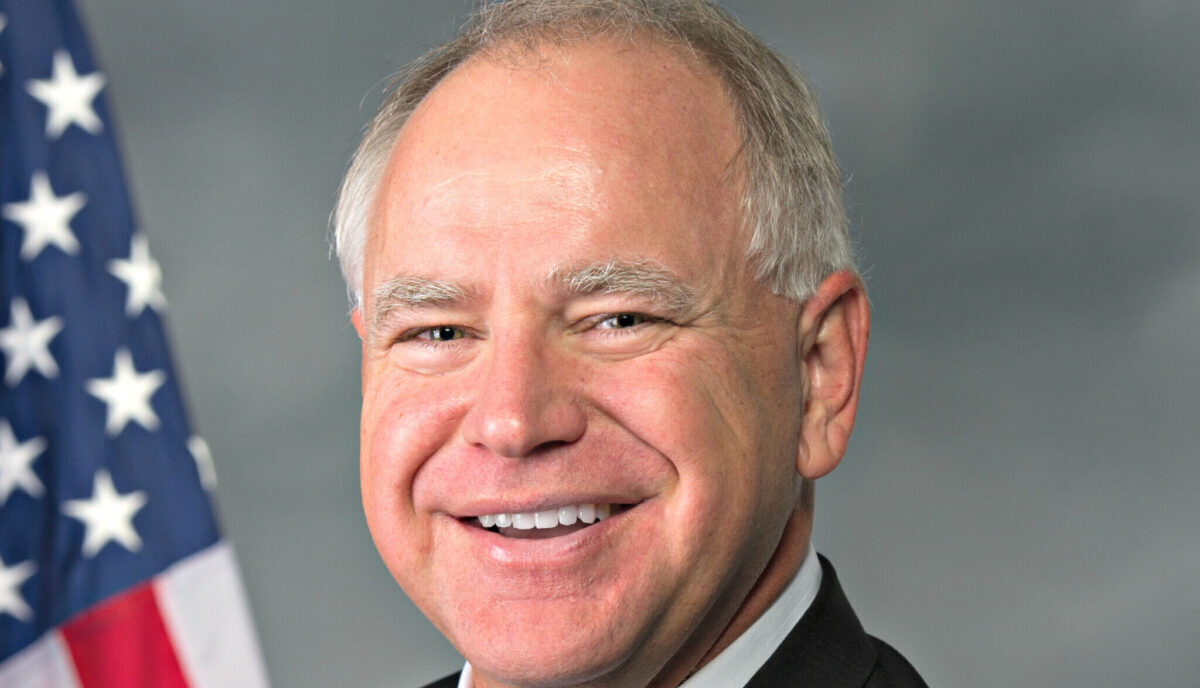SCOTUS allows Trump to oust Democrats from Consumer Product Safety Commission
Last month saw a federal judge in Maryland prevent President Donald Trump from firing three Democratic members of the Consumer Product Safety Commission (CPSC).
Yet in a thrilling development for the White House, the Supreme Court has allowed Trump to proceed with their termination.
Majority points to earlier ruling on National Labor Relations Board member
According to NPR, the three commissioners maintained that the CPSC was established by Congress as "an independent regulatory commission" whose members could only be fired for "neglect of duty of malfeasance in office."
The Trump administration responded by seeking emergency relief from America's highest judicial body, arguing that CPSC members can be removed "at will" as they exercise "substantial or considerable executive power."
Six of the Supreme Court's justices agreed with that reasoning, and pointed to the decision they handed down earlier this year in Trump v. Wilcox.
That case concerned Trump's decision to fire Gwynne Wilcox, a Democratic appointee on the National Labor Relations Board (NLRB).
Liberal justices accuse majority of undermining Congress's authority
"The Consumer Product Safety Commission exercises executive power in a similar manner as the National Labor Relations Board, and the case does not otherwise differ from Wilcox in any pertinent respect," the majority wrote in its opinion this past Wednesday.
Justice Brett Kavanaugh indicated that he wanted the case to be reviewed in the fall but that suggestion was rejected by his colleagues.
However, the ruling was met with a dissent from Justice Elena Kagan, who was joined by her fellow liberal Justices Sonia Sotomayor and Ketanji Brown Jackson.
"The majority has acted on the emergency docket—with 'little time, scant briefing, and no argument' — to override Congress's decisions about how to structure administrative agencies so that they can perform their prescribed duties," Kagan was quoted as writing.
"By means of such actions, this Court may facilitate the permanent transfer of authority, piece by piece by piece, from one branch of Government to another," she complained.
Supreme Court breaks with precedent established in 1935 case
NPR noted how the Supreme Court's actions represent a break from the precedent established in Humphrey's Executor v. United States.
Decided in 1935, the case held that President Franklin Roosevelt could not fire members of the Federal Trade Commission (FTC) simply because they opposed his New Deal policies.
Instead, the president was only permitted to oust members of independent entities in instances of malfeasance or other wrongful conduct.






